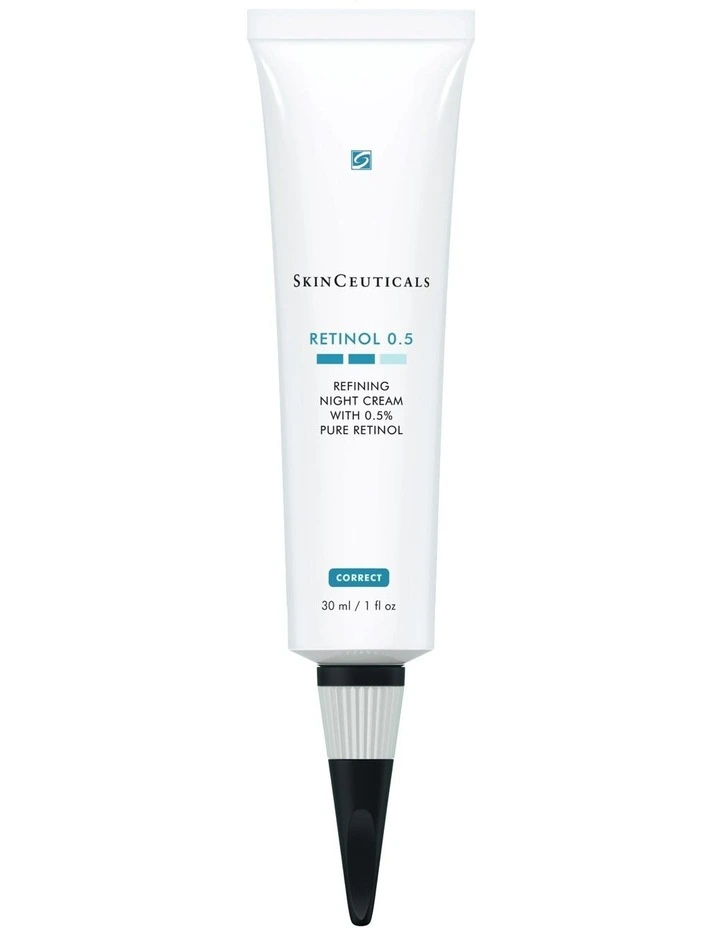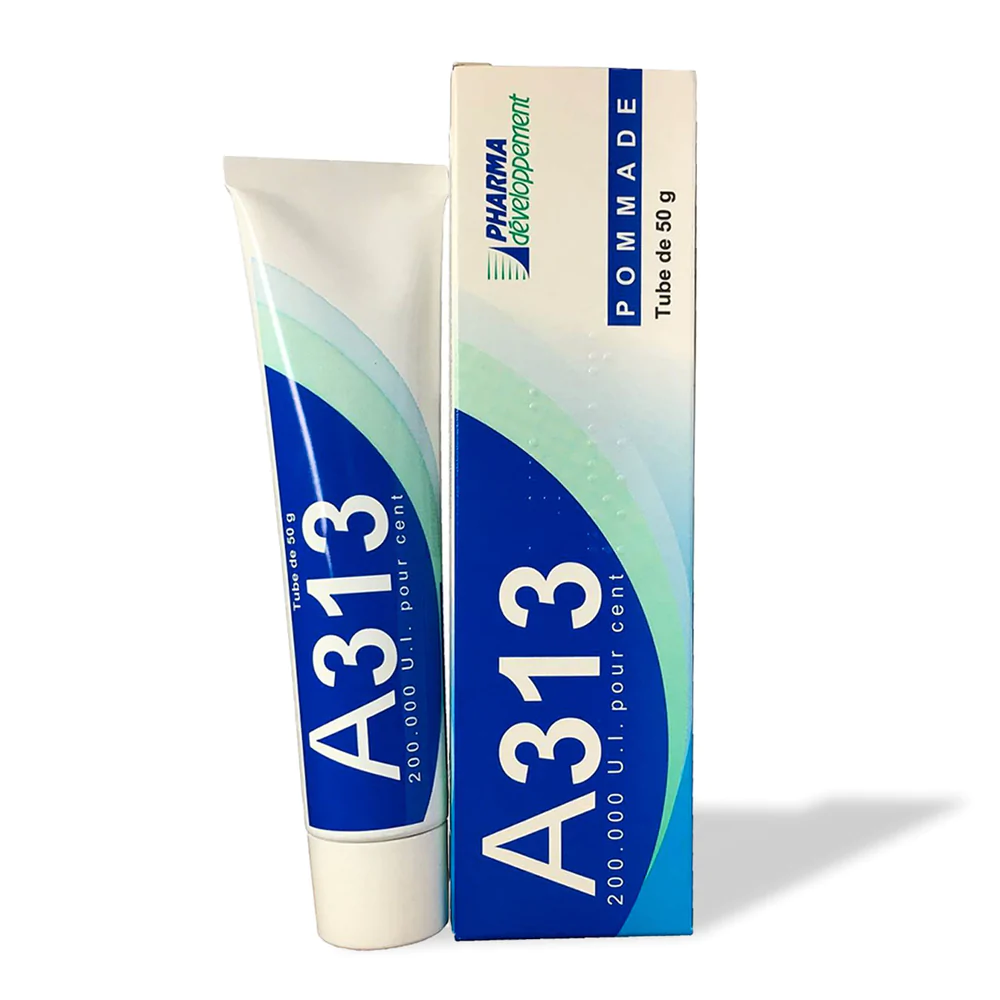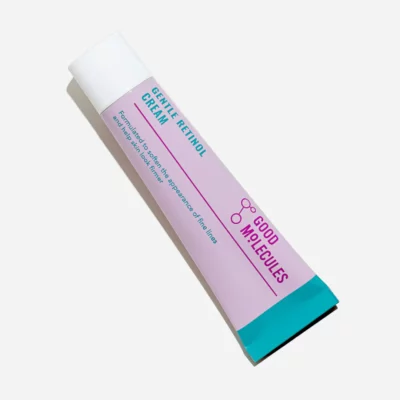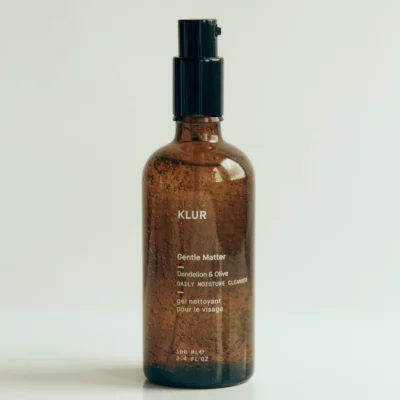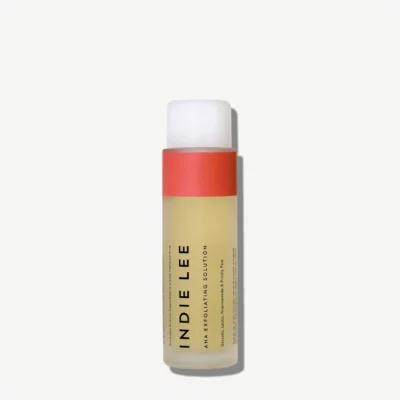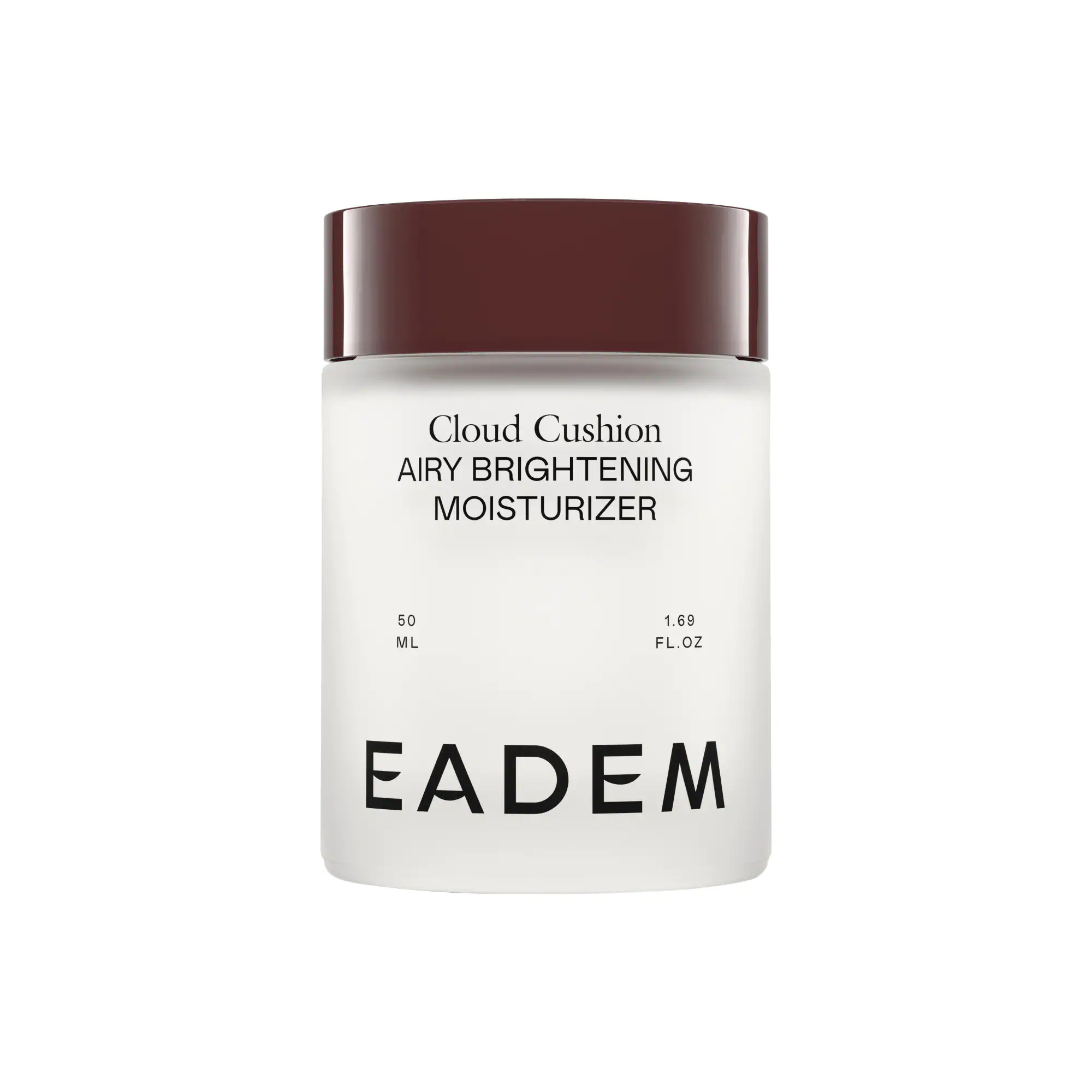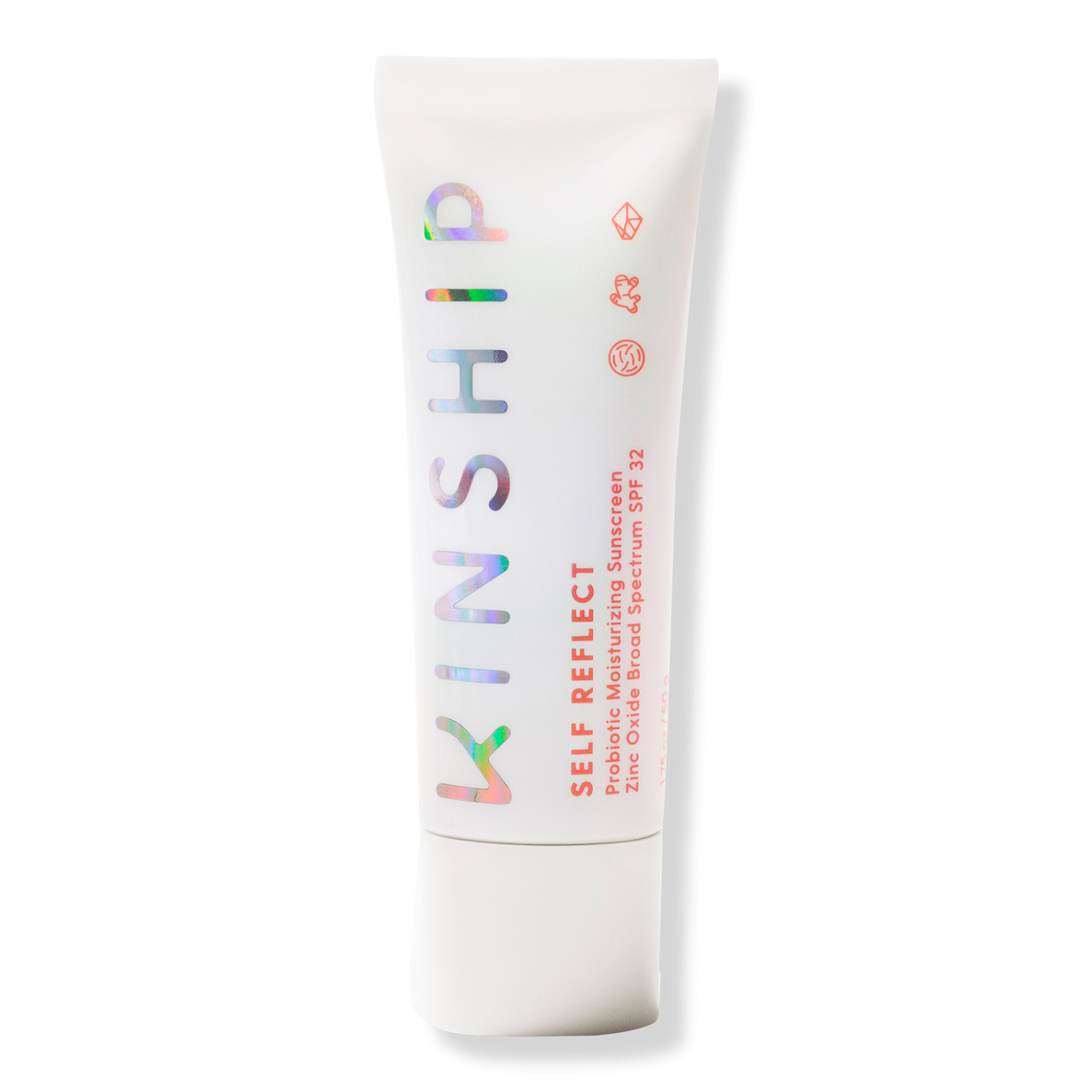We may receive a portion of sales if you purchase a product through a link in this article.
“Don’t get lasers if you have dark skin.” For too long, I was scared away from medspas by this common myth. You, like me, might have heard the horror stories of permanent scarring and post-treatment hyperpigmentation. I imagined going in for a simple laser facial and becoming a candidate for the show Botched. As a result, I stayed away from all things lasers, needles, and chemicals. But you can only get so far with at-home treatments for concerns like hyperpigmentation. After researching my options, I realized I’d been lied to. Kinda. Turns out, you should be cautious about skin treatments if you have more melanated skin, but you don’t have to swear off them completely. To toe the line, I spoke to a derm about special considerations for skin of color to be aware of when going in for skin treatments.
Featured image by Belathée Photography from our interview with Megan O’Neill.


Skin of Color Considerations: What to Know
Dr. Jacqueline Moore, founder of SkYn Med Spa in Aldie, Virginia is committed to the beauty and overall wellness benefits of accessible aesthetic procedures. She asserts that “people with skin of color (SOC) do not need to be afraid to pursue aesthetic treatments.”
“The understanding of the unique needs of SOC has evolved over the last decade. Effective, safe treatments exist to resolve or minimize issues such as hyperpigmentation, acne scarring, large pores, skin lesions, and more. Seek a qualified professional with the experience, knowledge, and resources to treat your beautiful brown and black skin!”

Founder of SkYn Med Spa, in Aldie, Virginia


Skin of Color Myths
Skin treatments like lasers, microneedling, and chemical peels can be beneficial for darker skin tones. But for many like myself, the potential benefits are being gatekept by common skin of color myths. When I finally got my first chemical peel, my life—and my face—changed. There’s only so much a vitamin C facial can do for decades of hyperpigmentation. And don’t get me started on how lasers helped my years-long keratosis pilaris.
If you’re curious about skin treatments but want to cater to your skin type, look no further. Ahead, Dr. Moore shares all the skin of color considerations you should take to your next appointment, plus all the questions you should ask your derm.
First step: find a practitioner you trust. “Skin of color should be treated by a professional who is familiar with its unique structure and potential complications of treatments,” she said. “Familiarity ensures that these unique considerations are top of mind and not an afterthought that leads to chasing a problem as opposed to preventing the problem.”
Another huge barrier for darker skin tones is that people don’t talk enough about the unique needs that come with melanin-rich skin.
“When one presumes that all skin is the same, the tragedy is potentially preventable complications such as PIH, poor scar and wound healing in SOC. The other tragedy is the delay in treatment of these issues because unqualified providers do not recognize these problems, do not have knowledge of the treatments, or do not have the tools and resources to properly care for SOC.”


How is skin of color different?
Skin of color is different primarily in terms of pigmentation and collagen structure. Melanin—the brown-to-black pigment that is produced by skin cells—is more abundant in skin of color.
Melanin provides some UV protection, but it also makes darker skin more prone to hyper- and hypo-pigmentation after acne, inflammation, or injury. This is known as post-inflammatory hyperpigmentation. Dyspigmentation and scarring happen in all skin tones, and genetics also likely play a role, but skin of color tends to be most affected.
Skin of color’s structure also has a denser collagen fiber network that can give the appearance of firmer, smoother skin that is resistant to wrinkling. However, a dysregulated response to healing after inflammation and injury may cause an excess of skin structures like collagen, elastin, fibroblasts, and proteoglycans, leading to hypertrophic and keloid scars.
Darker Skin Tone Conditions and Concerns
Several conditions primarily affect darker skin tones and involve the skin’s response to inflammation and injury. These include:
- Melasma
- Hyperpigmentation (excessive darkening)
- Hypopigmentation (abnormal lightening of the skin)
- Hypertrophic or keloid scars (normally thickened, wide, and itchy scars)
- Razor bumps (pseudofolliculitis barbae)
- Seborrheic keratosis
- Dermatosis papulosa nigra


What treatments are best suited for skin of color?
The most popular are treatments for PIH and keloids.
For PIH
Try topical retinols and steroid combinations or hydroquinone, which inhibits the production of melanin. In office, try chemical peels and laser treatment, which lift the excess pigment by removing those outer layers that contain the pigment. The best treatments for PIH are not too aggressive, aiming to improve hyperpigmentation over time. Avoid heat and inflammation, which may trigger an excessive inflammatory response.
For Hypertrophic and Keloid Scars
Treatments involve minimizing the inflammatory response, then softening and improving the color of the scar. In general, a combination treatment using intradermal steroids, laser treatment, and compressive therapy with silicone gel or silicone sheets will yield the best results.


What should we know before getting these treatments?
The most common complaints of skin of color—hyperpigmentation and scarring—are best managed by avoiding them in the first place. Any treatment being considered for a person of color must minimize heat, inflammation, and trauma as much as possible. Post-treatment hyperpigmentation may not show for about two to six weeks after treatment.
Pre-treatment prep may minimize complications. In my clinic, we often use pre-treatment topicals such as HQ, steroid cream, AHA/BHA, and retinol to prepare the skin and “quiet” the inflammatory response. We also ensure that our devices are clean and well maintained. Dirty or poorly maintained equipment may cause infection and/or trauma to the skin, increasing the likelihood of an undesired inflammatory response.
Pre- and Post-Treatment Care for Skin of Color
Pre-Treatment Routine
A good skincare routine that includes a gentle cleanser (no scrubs!), AHA/BHA, moisturizer, and sunscreen. Vitamin C and retinol if your skin can tolerate it. Discontinue using actives about five to seven days before any treatments.
For Anyone With a History of Pih or Scarring
Try a retinol/steroid/HQ combination for two weeks before RF microneedling or a more aggressive peel. Pre-treatment has not been shown to be of benefit (yet) in studies before laser.
Post-treatment Routine
- Gentle cleansers
- Sunscreen
- Facials
- Start actives (vitamin C, retinol, acids) no sooner than one week after treatment. Start HQ or combo anti-inflammatory treatment (retinol/steroid/HQ) after two weeks if post-treatment redness/inflammation persists or there are signs of hyperpigmentation.


Red and Green Flags to Look for in a Provider
Red Flags
- A provider who has only one device or treatment for every skin type.
- A provider who fails to ask about any history of PIH or hypertrophic/keloid scars.
- A provider who guarantees that PIH and scarring will not happen. No provider can make that guarantee. The key is a provider who has the training, resources, and expertise to minimize the likelihood and knows how to treat these complications should they occur.
Green Flags
- The provider listens to your concerns, takes your skin history, considers your current routine, and develops a comprehensive treatment plan along with you.
- A provider who manages expectations and doesn’t make extraordinary claims. Results are rarely spectacular or occur in a short time. Typically, SOC requires less aggressive treatments that take time and care to deliver. The result is most often a significant improvement that makes the treatment worthwhile.
- A provider that explains the process to you and informs you of potential complications of the treatment.
- A provider that explains pre-treatment and aftercare.


